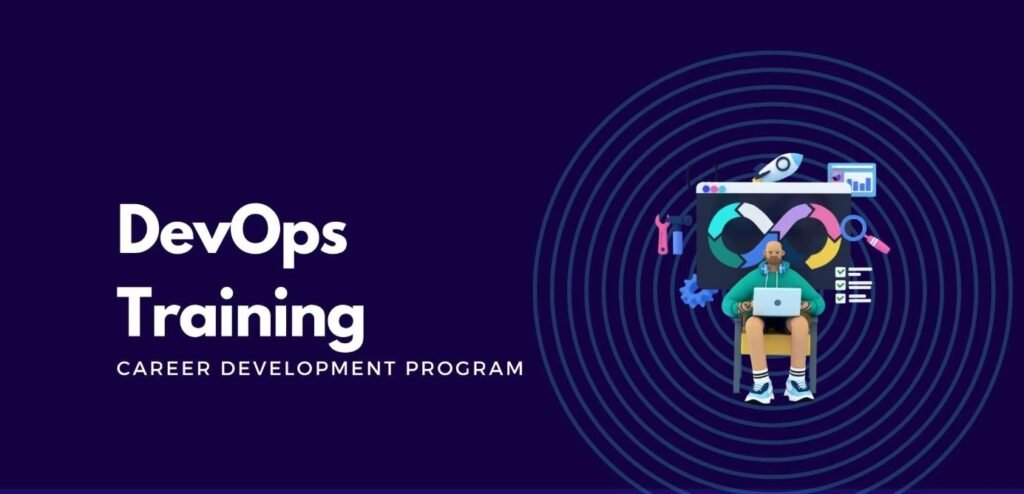Think of modern software systems as a sprawling city. Traffic lights guide cars, trains run on fixed schedules, and power grids hum quietly in the background. Everything must work together for the city to stay alive and thriving. Now imagine trying to manage that city without any maps, cameras, or sensors—it would quickly descend into chaos. That’s what running digital infrastructure without observability feels like. Prometheus and Grafana step in as the city’s surveillance and planning system, giving engineers a bird’s-eye view of how every street and signal performs.
The Watchtower: Prometheus as the Silent Guardian
Prometheus is like a watchtower overlooking the city. Instead of keeping an eye out for approaching armies, it collects detailed signals from servers, applications, and microservices. Metrics such as CPU usage, memory load, and network traffic are stored in a time-series database, forming a living logbook of the city’s pulse.
For learners stepping into DevOps Classes in Bangalore, Prometheus often feels like that first real introduction to structured observability. It doesn’t just whisper numbers; it tells a story of system health, identifying bottlenecks and signalling where reinforcements are needed. By mastering its query language (PromQL), engineers can uncover insights hidden in vast streams of data, transforming noise into clarity.
The Artist: Grafana as the Storyteller
While Prometheus collects signals, Grafana transforms them into vivid, digestible narratives. Imagine a cartographer who sketches maps that not only show roads but also illustrate weather patterns, traffic congestion, and even the rhythm of city life. Grafana does the same for infrastructure by creating dynamic dashboards that breathe life into raw metrics.
Customised charts, colourful heatmaps, and alert systems turn monitoring into an interactive story. A well-crafted Grafana dashboard is like a control room wall filled with glowing screens, helping teams spot issues before they spiral into outages. For professionals exploring DevOps Classes in Bangalore, Grafana provides hands-on exposure to visualisation techniques that make data intuitive, even for non-technical stakeholders.
Automation as the City’s Reflexes
In a city, traffic lights change automatically, water pumps activate when reservoirs dip, and emergency sirens blare without waiting for human intervention. Automation ensures that critical responses happen instantly. Similarly, Prometheus and Grafana aren’t just about observation—they form the reflex system of digital operations.
Alerting rules in Prometheus detect anomalies and immediately trigger actions, while Grafana can dispatch notifications to Slack, email, or PagerDuty. This tight coupling between detection and response reduces downtime and fosters resilience. It transforms monitoring from a passive “report after disaster” function into an active guardian that intervenes in real time.
Practising Chaos with Confidence
No city prepares for storms by merely writing manuals; it organises drills. Firefighters test hydrants, hospitals rehearse emergency evacuations, and traffic controllers simulate disruptions. Similarly, monitoring systems must be stress-tested.
By deliberately injecting failure—say, turning off a server or overloading a microservice—teams can measure how Prometheus and Grafana respond under pressure. These chaos experiments reveal weaknesses in alert thresholds or dashboard design and help refine strategies before real disasters strike. For students and engineers alike, these lessons are invaluable, teaching not only tools but also the mindset of resilience.
The Human Touch Behind the Screens
Even the most advanced dashboards rely on the people who design, interpret, and refine them. Prometheus and Grafana empower engineers to translate technical signals into meaningful insights, but human judgement guides which alerts matter, how dashboards are structured, and how incidents are reviewed.
This synergy between technology and human foresight creates a culture where teams don’t just react to crises but anticipate them. It ensures that monitoring isn’t seen as a burden but as a craft—one that blends technical mastery with storytelling, empathy, and strategy.
Conclusion
Getting started with Prometheus and Grafana is like stepping into the control room of a vibrant, ever-moving city. Prometheus quietly watches, collecting data like a meticulous guardian, while Grafana turns that data into compelling stories that empower decision-makers. Together, they provide not only visibility but also the reflexes needed to act with confidence.
For newcomers, these tools offer more than dashboards and queries; they offer a mindset of preparation, anticipation, and adaptability. In a digital world where downtime can mean lost trust and revenue, the ability to see and respond in real time is priceless. Mastering these platforms is less about ticking boxes on a curriculum and more about learning how to keep the city of technology alive, no matter how unpredictable the storms may be.

